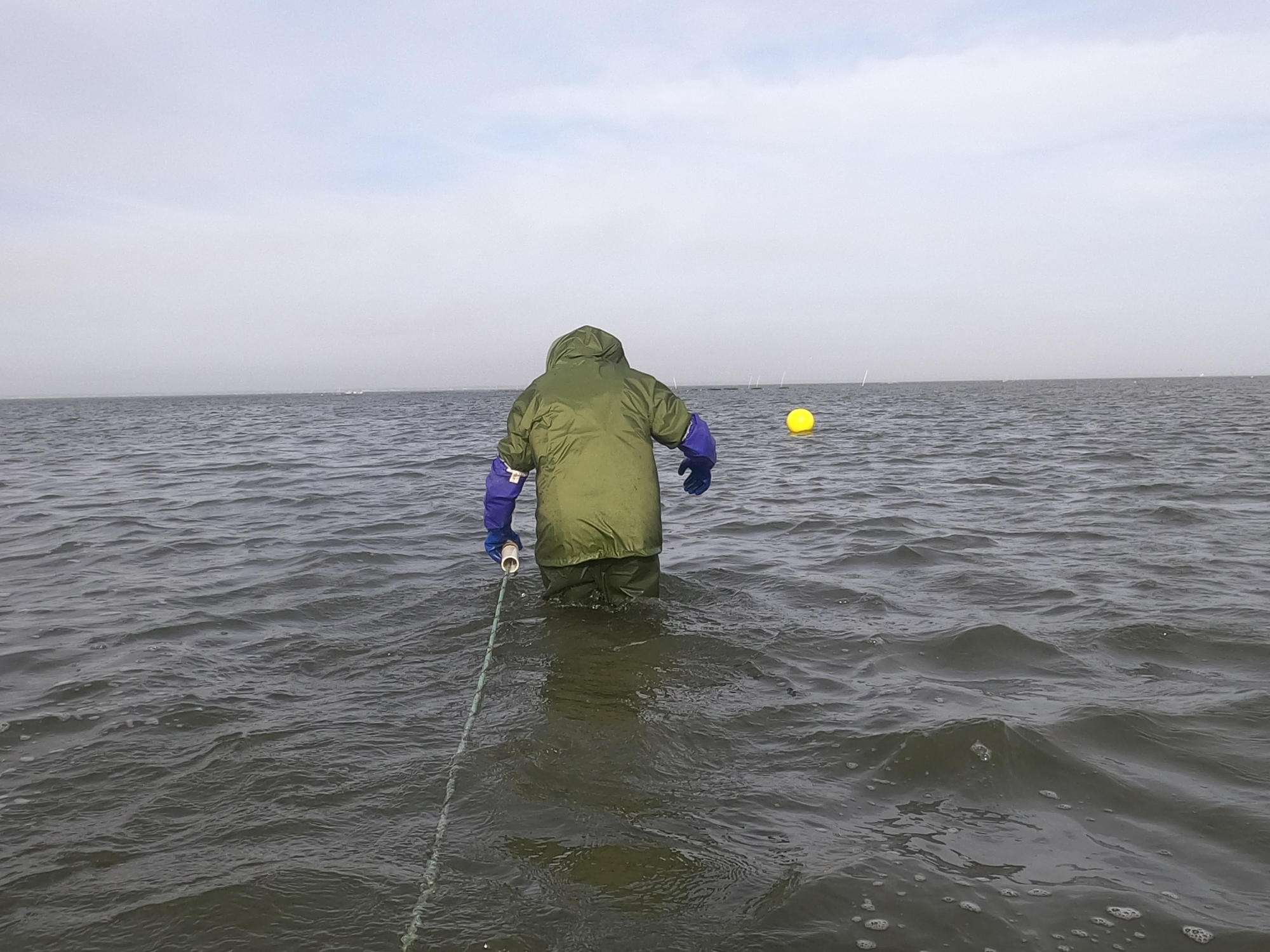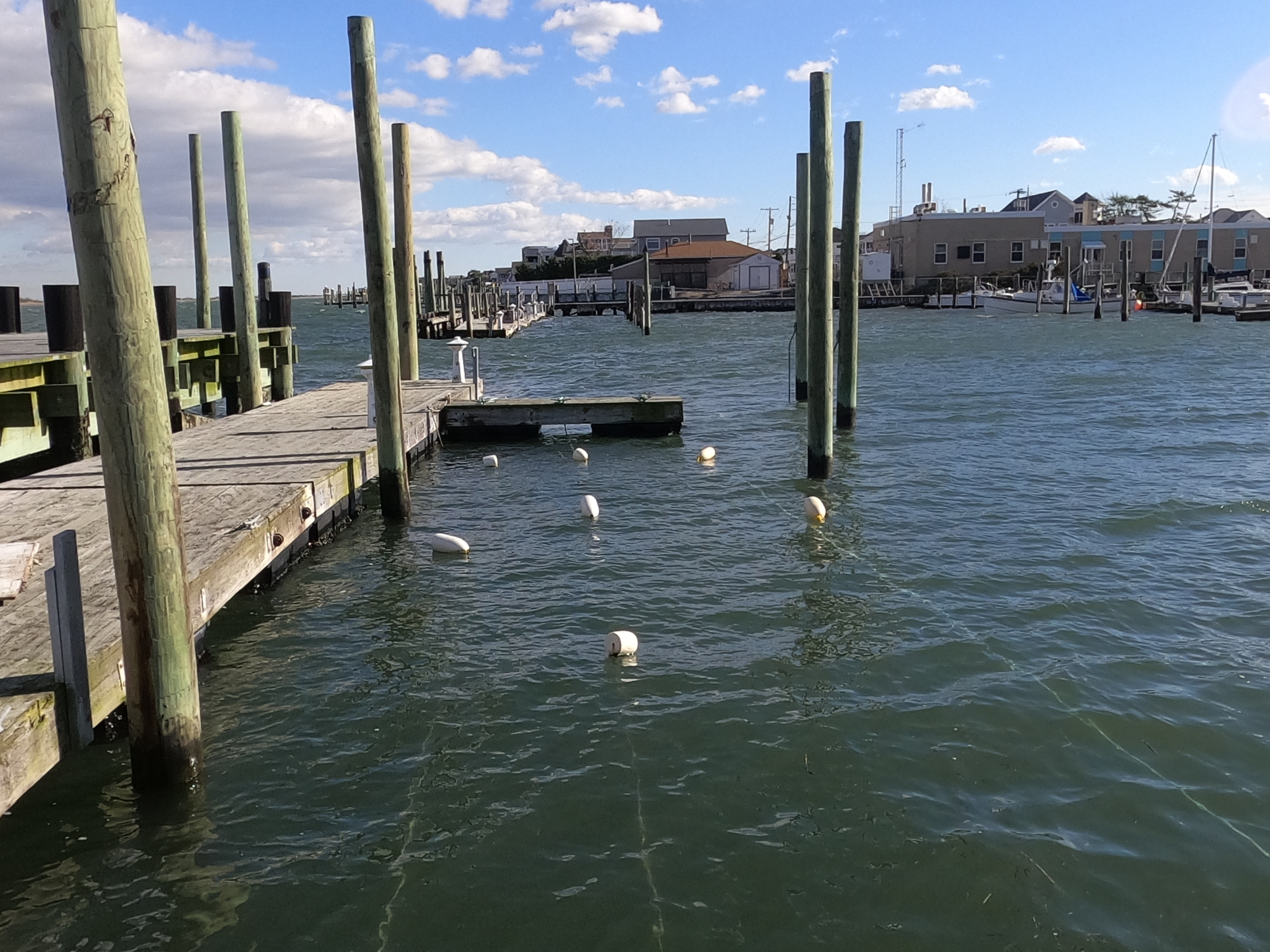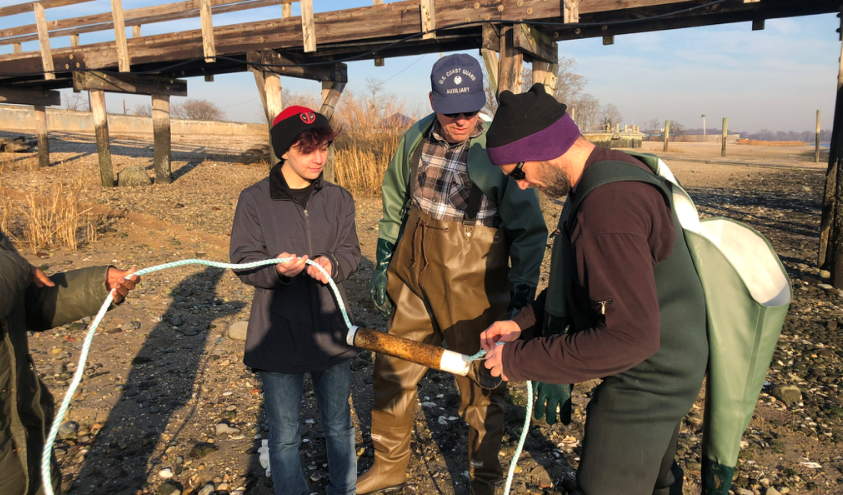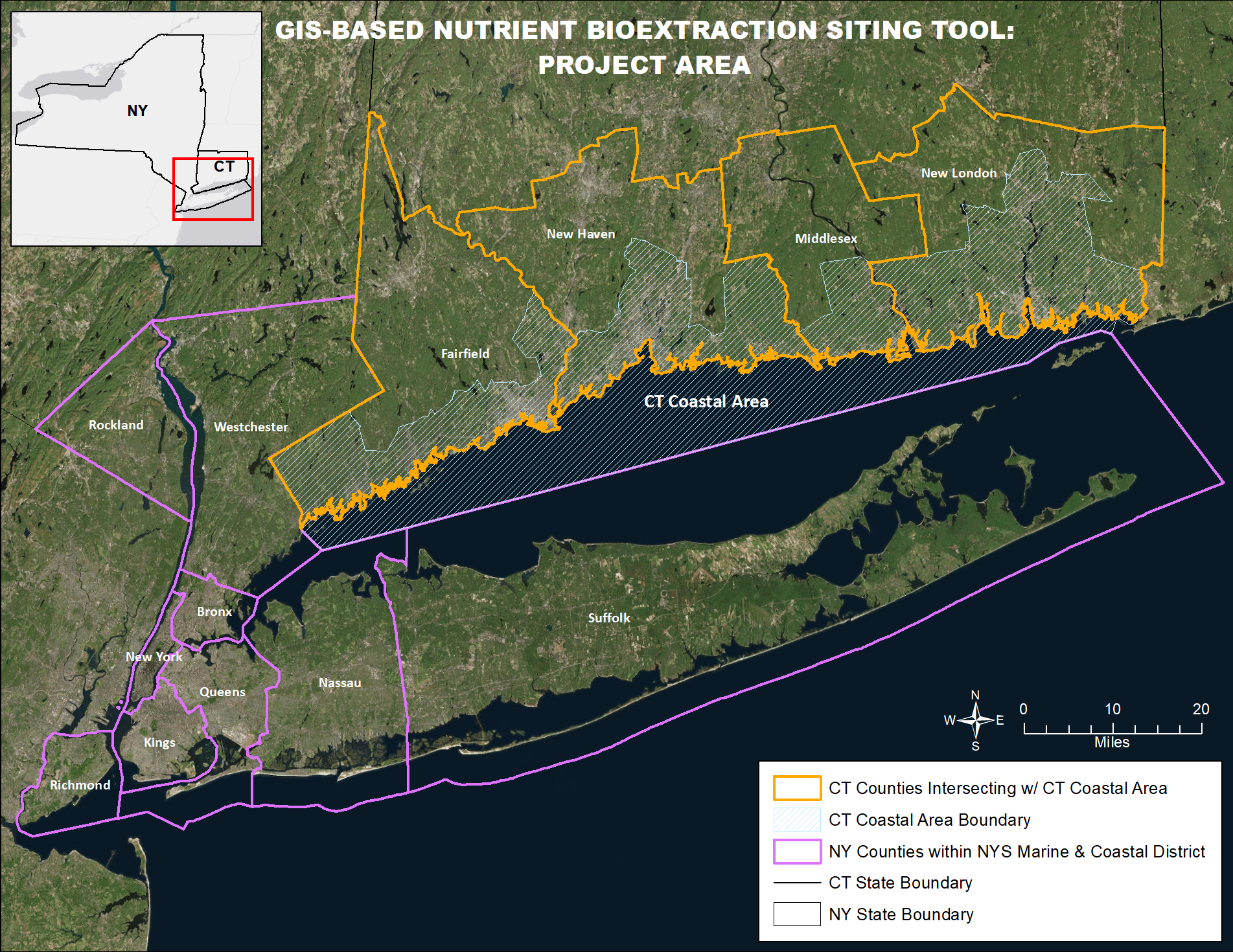Long Island Nitrogen Action Plan (LINAP) – January Newsletter |
Nutrient Bioextraction InitiativeNutrient bioextraction utilizes shellfish and seaweed aquaculture to remove excess nutrients that could lead to water quality impairments that harm marine life. In 2018, New England Interstate Water Pollution Control Commission (NEIWPCC), the New York State Department of Environmental Conservation (NYSDEC), and the Long Island Regional Planning Council partnered to start the Nutrient Bioextraction Initiative with funding from the Long Island Sound Study (LISS). The goal of the Nutrient Bioextraction Initiative is to improve water quality in NY and CT marine waters by removing excess nitrogen through the cultivation and harvest of seaweed and shellfish. The Initiative will provide information to help decision makers with the guidelines needed to facilitate seaweed and shellfish farming and harvest operations in their coastal waters. Information about the Initiative can be found on the Long Island Sound Study (LISS) Nutrient Bioextraction webpage which is continually updated and includes a public fact sheet. Utilizing Seaweed Aquaculture to Improve NY’s Coastal Water QualityThis pilot project, made possible with funding from the Long Island Community Foundation & the Long Island Sound Study, is using seaweed in order to assess the efficacy of, and cultivation costs associated with, nutrient bioextraction in urban Long Island waters. There are four major project components: (1) sugar kelp culturing; (2) sugar kelp cultivation and nutrient uptake analysis in Great South Bay and Hempstead Bay; (3) sugar kelp fertilizer pilot study; and (4) educational workshops.
Photo credit: Nelle D’Aversa Sugar kelp absorbs and stores nitrogen from surrounding water during its winter and spring growth periods; beneficial in waters polluted by surrounding urban area discharges. The harvested sugar kelp from this project will be used to evaluate the potential for using sugar kelp harvested from Long Island waters as fertilizer or amendment for local agricultural crops and the impact of different types of kelp amendments and application methods on plant and soil properties. The results of this pilot project will provide data on nutrient, metal, organic pollutant, and pathogen uptake rates; total nitrogen removal rates; a comparison of nitrogen removal rates for open-water vs. near-shore grow-out sites. Additionally, the data from this study will be used to support the development of a commercial seaweed industry in New York. Partners for this pilot project include: New York State Department of Environmental Conservation, New England Interstate Water Pollution Control Commission, Long Island Regional Planning Council, Town of Islip, Town of Hempstead, Adelphi University, Cornell Cooperative Extension, Lucky 13 Oysters LLC, Open Water Enterprises LLC, Seatuck Environmental Association, and South Shore Estuary Reserve. Oyster Bay Sugar Kelp Pilot ProjectThe Oyster Bay Sugar Kelp Pilot Project aims to conduct pilot growth studies of sugar kelp, Saccharina latissima, at multiple sites in Oyster Bay. The goal of the project is to maximize yield of kelp, nutrient extraction and ecosystem services, while minimizing the impact on activities such as recreational boating and shellfish harvest. Kelp will be planted on lines accessible either near shore or between docks in the marina. Water quality parameters will be monitored every month during the growth period for nitrogen, dissolved oxygen, salinity, temperature etc., and using Friends of the Bay background data. After kelp has attained sufficient size, nitrogen and carbon tissue content will be evaluated at monthly intervals. Nitrogen, carbon, trace metals, coliform and other pathogens will be evaluated at harvest time, between April and June.
Photo credit: Dave Gugerty Funding for this project was made available by the Long Island Sound Futures Fund. Partners include: Adelphi University, Hofstra University, Friends of the Bay, Town of Oyster Bay, Village of Laurel Hollow, Village of Bayville, Oyster Bay/Cold Spring Harbor Protection Committee, Long Island Regional Planning Council, and New England Interstate Water Pollution Control Commission. Shellfish Aquaculture Guidance DocumentThe permitting process for shellfish aquaculture was identified as one of the main concerns of the aquaculture industry. A guidance document is being developed for shellfish aquaculture permitting that will assist prospective, new, and existing aquaculture farmers to better understand the laws, policies, and permitting processes applicable to marine shellfish aquaculture in New York. The Guidance Document is in development and is anticipated to be available later this year. GIS Tool to Help Identify Suitable Sites for BioextractionA geographic information systems (GIS)-based siting tool is currently being developed to identify suitable sites for bioextraction operations within New York’s marine and coastal district and Connecticut’s coastal area. The project will result in a publicly-available ArcGIS Online interactive map hosted on the Long Island Sound Study website with relevant data on natural resources, navigation, existing aquaculture, and potential use conflicts. Resource managers, program managers, and other stakeholders will be able to utilize this tool for future decision making regarding bioextraction and the role it can play in reducing nitrogen in Long Island Sound and the southern shore of Long Island.
To sign up for the LINAP Newsletter, visit the LINAP webpage or click here. |
Footer
Contact
STAY INFORMED
Enter your email address to receive email updates from the LIRPC:






